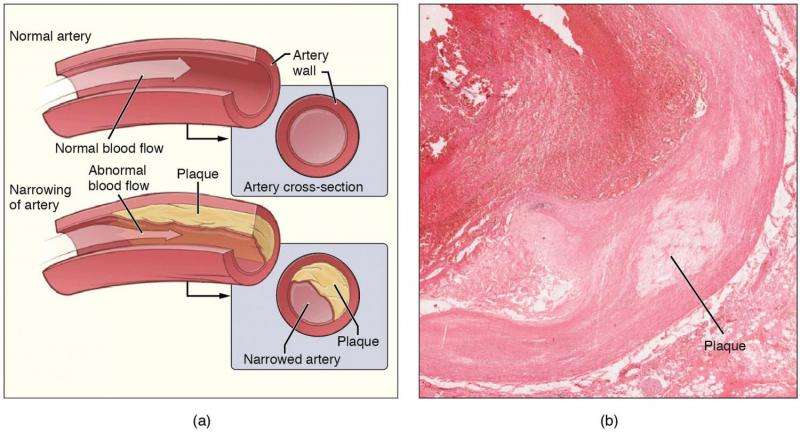
Statin therapy has been shown cost-effective for lowering cholesterol in young adults, according to a study published in the Journal of the American College of Cardiology.
These findings provide rationale for expanding preventive statin therapy to younger adults, who currently are only eligible if they are at very high risk of atherosclerotic cardiovascular disease (ASCVD), according to the study authors.
“Targeting elevated risk factors early, in young adulthood, is a new approach that has the potential to once more improve cardiovascular health in the U.S. and abroad,” the authors wrote.
Ciaran Kohli-Lynch, Ph.D., a postdoctoral fellow in Health Services and Outcomes Research at the Center for Education in Health Sciences (CEHS), was lead author of the study. Norrina Allen, Ph.D., director of the Center for Epidemiology and Population Health (CEPH) at the Institute for Public Health and Medicine (IPHAM) and associate professor of Preventive Medicine in the Division of Epidemiology, and Bonnie Spring, Ph.D., chief of Behavioral Medicine in the Department of Preventive Medicine and director of the Center for Behavior and Health at IPHAM, were co-authors of the study.
Atherosclerosis, the build-up of fibro-fatty plaque in the arteries, is the primary cause of cardiovascular disease including heart attacks and strokes. LDL cholesterol plays an important role in the development of atherosclerosis and a recent study of observational data found cumulative exposure to LDL cholesterol in young adulthood substantially increases risk of later life cardiovascular events.
U.S. Preventive Services Task Force guidelines recommend statin treatment for adults ages 40–75 at greater than 10 percent risk of ASCVD. For adults younger than 40, statins are only recommended when they are at very high risk of ASCVD, determined by LDL cholesterol levels higher than 190mg/dl.
In the current study, investigators assessed the lifetime cost-effectiveness of initiating cholesterol-lowering treatment at LDL cholesterol thresholds lower than those recommended in a cohort of U.S. young adults. A computer simulation model synthesized evidence on the LDL cholesterol-lowering effects, side effects, treatment costs and healthcare costs associated with statin therapy and intensive group-based lifestyle interventions. Risk of later life cardiovascular events in the model were determined by multiple cardiovascular risk factors including cumulative LDL cholesterol levels throughout young adulthood.
About 26.3 million U.S. young adults—27 percent—have an LDL cholesterol of greater than 130mg/DL. Statin therapy for young men with high LDL cholesterol would cost $31,000 per quality-adjusted life year (QALY) gained while statin therapy for young adult women with LDL cholesterol ≥130 mg/dL would cost $106,000 per QALY gained. These fall under the definition of “highly cost-effective” and “intermediately cost-effective,” respectively, as defined by the American Heart Association.
Cardiovascular disease rates fell during the latter half of the 20th century thanks to recognition of risk factors and development of cholesterol and blood-pressure lowering medications, but this decline has since plateaued. According to Kohli-Lynch, these findings represent a new path forward.
Source: Read Full Article
